Masticatory biomechanics in the rabbit: a multi-body dynamics analysis
(2014)
Journal Article
Watson, P. J., Gröning, F., Curtis, N., Fitton, L. C., Herrel, A., McCormack, S. W., & Fagan, M. J. (2014). Masticatory biomechanics in the rabbit: a multi-body dynamics analysis. Journal of the Royal Society interface / the Royal Society, 11(99), Article 20140564. https://doi.org/10.1098/rsif.2014.0564
Multi-body dynamics is a powerful engineering tool which is becoming increasingly popular for the simulation and analysis of skull biomechanics. This paper presents the first application of multi-body dynamics to analyse the biomechanics of the rabbi... Read More about Masticatory biomechanics in the rabbit: a multi-body dynamics analysis.
